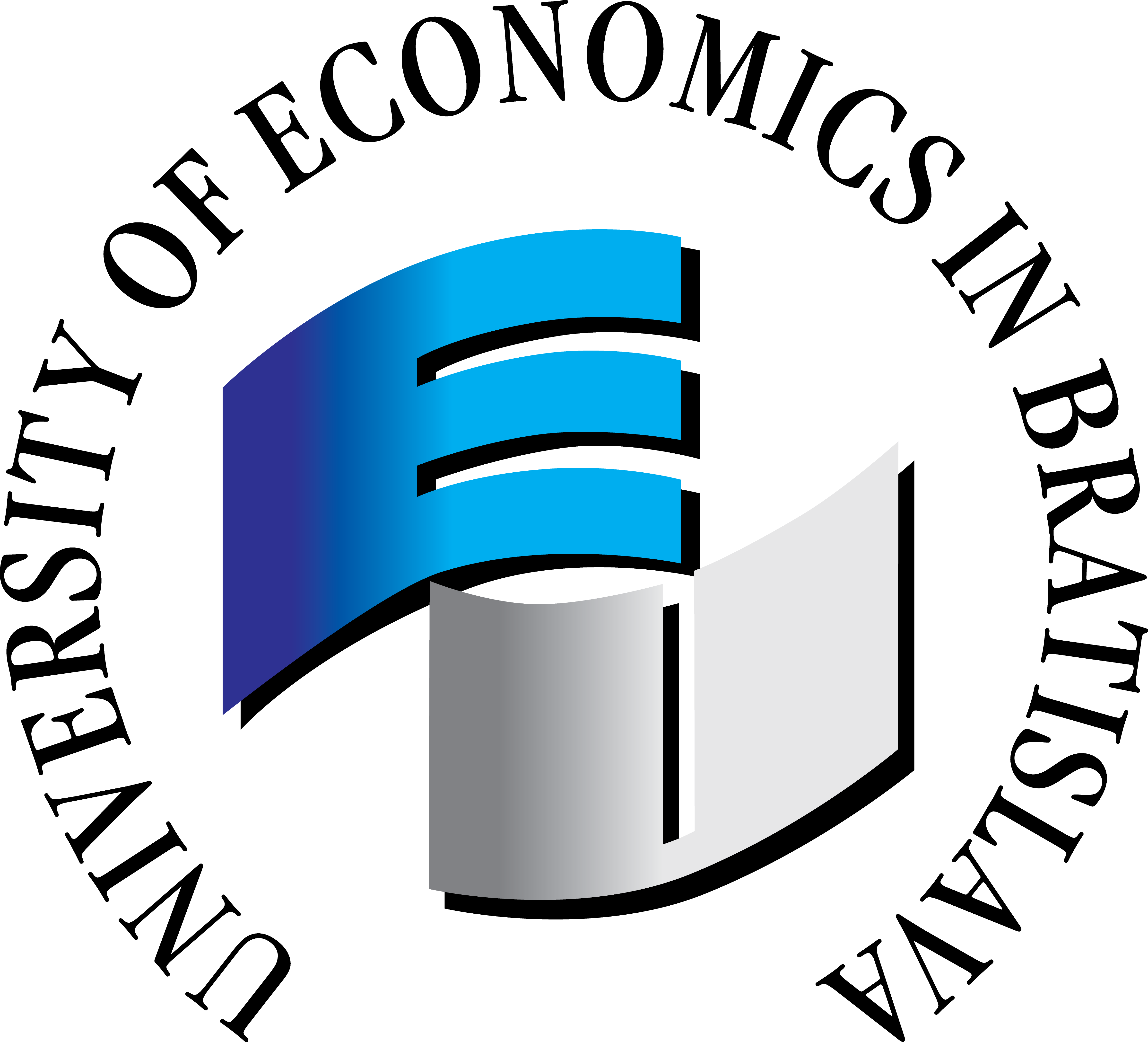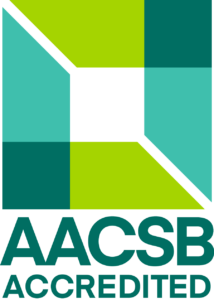European Union (in English)
- Credits: 8
- Ending: Examination
- Range: 2P + 2C
- Semester: winter
- Year: 1
- Faculty of Commerce
Teachers
Included in study programs
Teaching results
Students will possess following abilities:
- Knowledge of terminology and the idea of European integration;
- Knowledge of the status, institutions and mechanisms of how the European Union works;
- Knowledge of European Union enlargement and Brexit;
Students will obtain following skills:
- Understanding of the role of European integration in everyday life;
- Use of open access sources of qualitative and quantitative data;
- Enhanced argumentation skills based on understanding of European integration;
Students will gain following competences:
- Familiarity with relevant official documents of institutions on the national or international level;
- Capability of creative and out-of-the-box thinking as well as perception of alternative scenarios of future developments in European integration;
- Aptitude to pursue lifelong learning in terms of European integration as a prerequisite for further development of qualification.
Indicative content
The course is oriented on mediating a primary insight into European integration to students in terms of its evolution, functioning, perspectives as well as related terminology, thus being a prerequisite for exploring this issue in a wider context.
Support literature
1. BALDWIN, Richard - WYPLOSZ, Charles. The Economics of European Integration. 7th ed. McGraw-Hill Education, 2022. 504 s. ISBN 9781526849434.
2. EURÓPSKA KOMISIA. Európska únia: čím je a čo robí. Luxemburg: Úrad pre vydávanie publikácií Európskej únie, 2022. 68 s. ISBN 978-92-76-24635-0
3. EURÓPSKA KOMISIA. Európska únia: čím je a čo robí. Luxemburg: Úrad pre vydávanie publikácií Európskej únie, 2020. 62 s. ISBN 978-92-79-93621-0.
4. ČIDEROVÁ, Denisa a kol. Európska únia: slovensko-anglická mutácia. Bratislava: Vydavateľstvo EKONÓM (v procese prípravy, 2024).
5. Oficiálne pramene z web sídla Európskej únie: https://europa.eu/ Aktuálne online pramene z problematiky európskej integrácie
Syllabus
1. Introduction into terminology and the idea of European integration I. (theory) 2. Introduction into terminology and the idea of European integration II. (practice) 3. Status, institutions and mechanisms of the European Union I. (theory) 4. Status, institutions and mechanisms of the European Union II. (practice) 5. European integration as an economic project I. (Balassa, 1961, degrees 1 and 2) 6. European integration as an economic project II. (Balassa, 1961, degrees 3 and 4) 7. European integration in everyday life I. (theory) 8. European integration in everyday life II. (practice) 9. European integration as a political project 10. European Union enlargement I. (2004, 2007, 2013) 11. European Union enlargement II. (candidate and potential candidate countries) 12. Brexit 13. Alternative scenarios of future developments in European integration
Requirements to complete the course
40 % - participation in seminars, assignments (including semester coursework) and quizzes;
60 % - final exam in writing.
Student workload
Total study load: 208 hours
Attendance at lectures: 26 hours
Attendance at seminars: 26 hours
Individual preparation for seminars: 26 hours
Team coordination and assignments: 52 hours
Practical activities related to current developments (e.g. the Conference on the Future of Europe): 13 hours
Preparation of semester coursework and its presentation: 13 hours
Preparation for quizzes: 26 hours
Preparation for the final exam: 26 hours
Language whose command is required to complete the course
English
Date of approval: 06.03.2024
Date of the latest change: 30.03.2025

